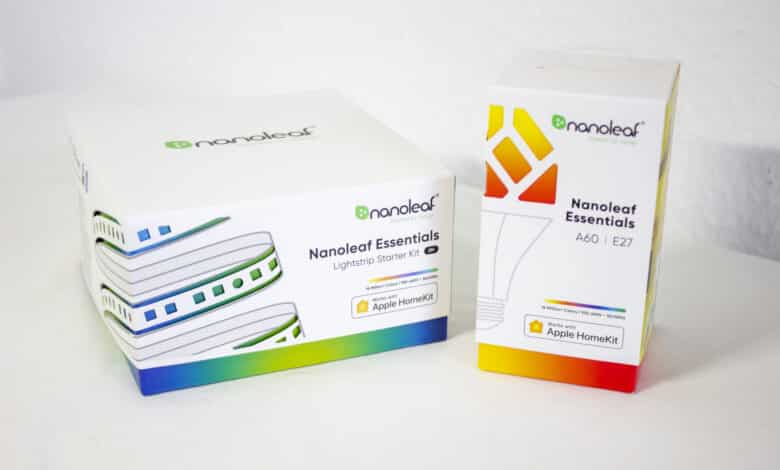
Most people know Nanoleaf for their special lighting elements, some of which we have already tested (for example here and here). But Nanoleaf also has very simple smart home lighting products like the A60 bulb or the Lightstrip. We’ll send both of them for you to test and of course see if the integration into various smart home systems goes off without a hitch.
Scope of delivery and design
The boxes of the Nanoleaf products are, as always, nicely designed and contain all the important information about the respective products. In the case of the Lightstrip, we find the power supply including the control element and a manual in the box. In the box of the light bulb, we find just that with some material to read.
However, we also find another small slip of paper in both boxes with an eight-digit number. This number becomes important later on – don’t throw it away!
The design does not play the very largest role with a Lightstrip or a bulb. We would still like to note that the A60 bulb is square, not round like most bulbs.
For mounting, there is an adhesive strip directly on the bottom of the Lightstrip. With the Lightstrip, it is also noticeable how thick it is. Usually, the purchased LED strips are always without rubber protection, here Nanoleaf probably plays it safe. Above all, so no one gets the idea to cut this broken.


Mounting and setup
With an E27 socket, there’s probably not much to mention about mounting – screw it in and you’re done. For setup, we need the Nanoleaf app and the eight-digit code found on the small piece of paper that comes with it. In the app, we add a new product, and now we search the surrounding area. If the A60 is found, we select it. Now the addressed code is requested. After entering it, the setup is already complete – how simple!
The Lightstrips can be connected just as easily as the light bulb. However, it should be considered in advance how to lay the strip. Pulling off the adhesive strip again after the fact is never a good idea.
Setup is also as quick as with the A60. Unlike the bulb, the light strip still offers the possibility to connect it via NFC. You can choose which method you want to use beforehand. You can choose between a QR code, via NFC or entering the eight-digit code.
In the Nanoleaf app you can still assign the devices to rooms. So it is easier if you want to turn on or off all devices at once.
App and function
The app has not changed since our last test, but that is not necessary! Nanoleaf offers an incredibly wide range of functions. At first glance, you feel a little overwhelmed. At the first start you will be well taken by the hand and after a bit of time, you get along well with the app.
In the dashboard you can see all products. There you can also see the division of the different rooms to switch the products at the same time. After a short click on one of the products, we have access to many predefined scenes and effects.
The light strips can also be switched on and off via the control element, as well as the current effect or color can be set. Quite practical when no smartphone or assistant such as Google Home or Alexa is available.
Although the LEDs are quite far apart in the light strips, the illumination is even. The color representation is also very precise. No matter what color you set, that’s exactly how it’s displayed.
We find the same with the lightbulb, although the color representation is a bit off in terms of saturation and looks a bit pale in contrast to the lightstrip.
Also, both devices support thread. Compatible devices build a kind of mesh network among themselves. This increases the range without the need for repeaters or anything else for the network. Only and alone a thread border router is needed. The Nanoleaf Lines can be used for this, for example.
As always in our test of smart home products, it is important to know whether the integration with Home Assistant, openHAB or Home Connect Plus works. And once again, we can say that this works without any problems, just like with the Lines from Nanoleaf. With a few clicks, all three have either the Lightstrip or the A60 bulb integrated.
Conclusion
Nanoleaf always delivers outstanding quality. This has already proven our previous test and that is again the case here. Whether it’s a light strip or a bulb for the E27 socket, everything is easy to integrate into existing systems and setup is a breeze.
The Nanoleaf app offers so many setting options that you are a bit overwhelmed at first. With a little time, you get along with the app super and is happy about the variety.
The Essentials are not a standout product like the others from Nanoleaf. But they will certainly do a lot better in terms of durability. Likewise, the setup runs better than one could imagine. Nanoleaf simply brings super products on the market.
Nanoleaf Essentials
Design and workmanship
Mounting and setup
App and features
Value for money
90/100
Nanoleaf Essentials are a standard product but in really good implementation!



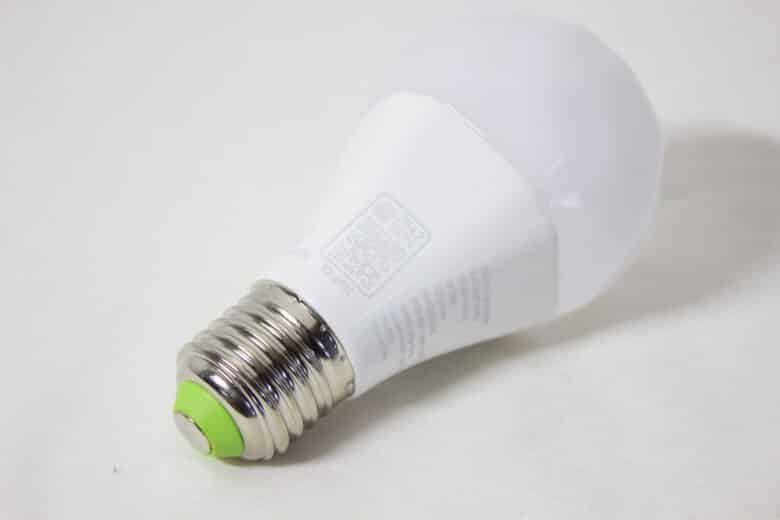



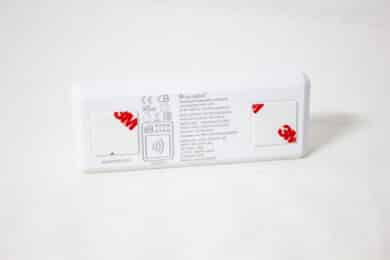
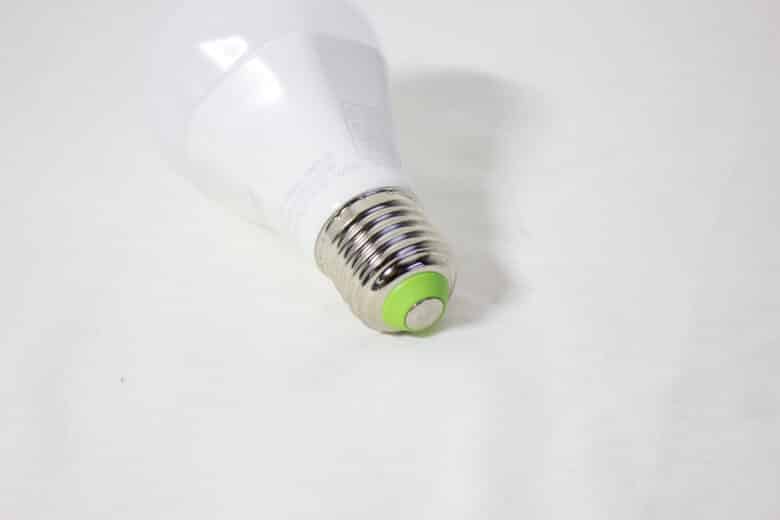








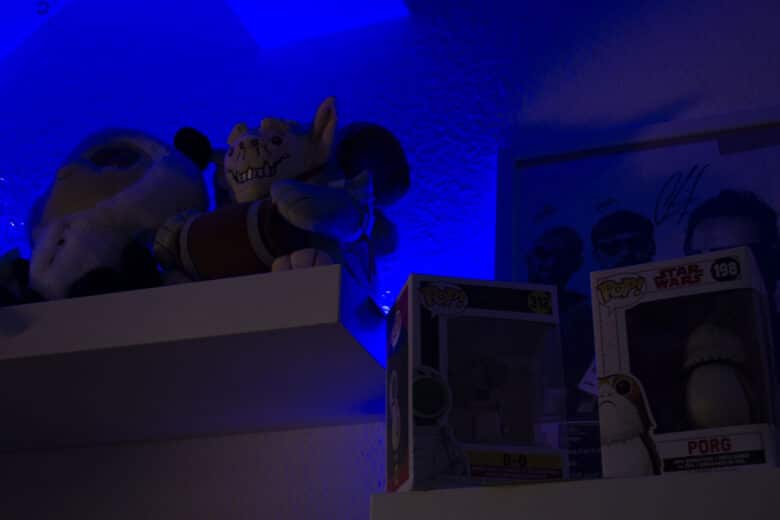
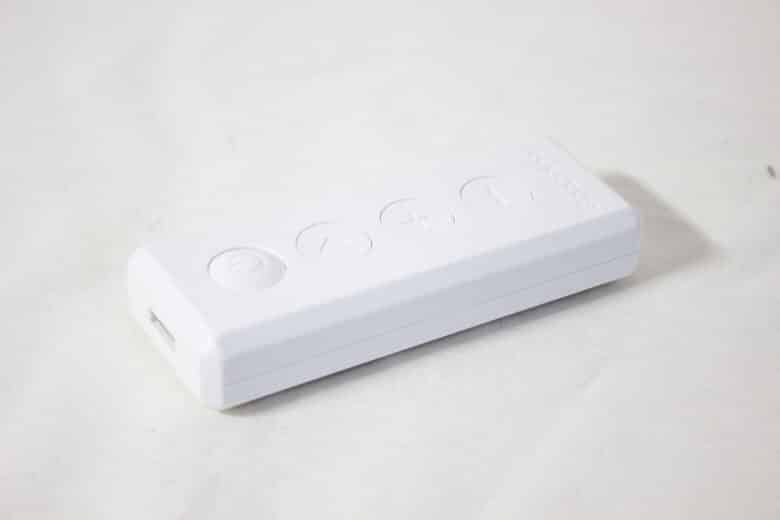


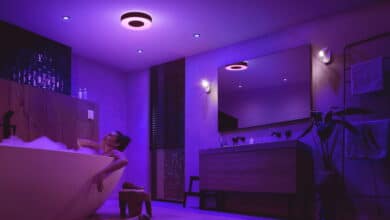
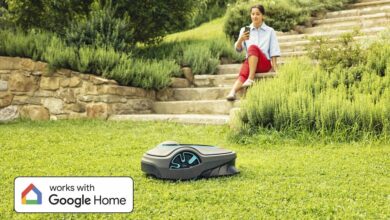

No replies yet
Neue Antworten laden...
Gehört zum Inventar
Beteilige dich an der Diskussion in der Basic Tutorials Community →